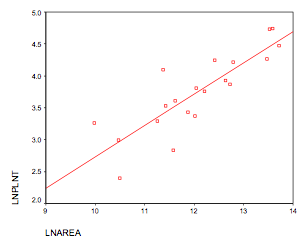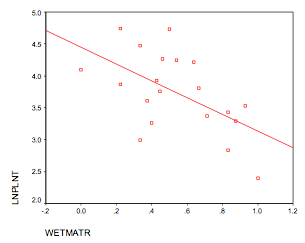The Changing Flora of Angel Island

SCOTT SIMONO
On an evening in 2008 a fire broke out on Angel Island, and as the fire lit up the night sky, people reacted with shock and sometimes horror as it spread from the mostly undeveloped south side of the Island towards the historical structures north and west. The fire would eventually consume almost half of the island, but only natural areas would end up burning. While some people saw the burn as devastation, my first thought was of opportunity. Fire is an important component of natural cycles in California-- How would Angel Island's native plants respond to the fire? Would some thrive post fire? Might plant community compositions change? Would the fire help reduce non-native, invasive plants?
This wasn't the only big change to come recently to Angel Island. By 1996 close to 80 acres of Eucalyptus and some Monterey Pine, more than 12,000 non-native trees, were removed as part of a park service plan to restore native plant communities on the island. In 2002 the historic summit of Mount Livermore (originally called Mt. Ida) was restored to its original height of 240 m. (788 ft), and natural contour-- 16 ft. of the top having been removed and leveled for a Nike Missile site in the 1950's.
The 2008 fire completely burned the area of tree removal and the new summit, and was a dramatic climax to restoration efforts in the park. Subsequent springs would provide an opportunity to observe changes in the park, as new plants became established and native plants began to bloom. It was a great time to attempt field surveys of the post-fire flora of Angel Island, and in 2010 Anna Larsen, a colleague at the UC/Jepson Herbaria, and I set out with support from the Herbarium and CA State Parks.
We had a great record for comparison. In 1969 a complete flora of Angel Island was assembled as part of the masters thesis of J. D. Ripley. In the Navy at the time and stationed on the island, he got his degree through what was then San Francisco College, now San Francisco State University. His plant collections can still be found in the Harry Theirs Herbarium of SFSU. During his time there much of the southern part of the island would have still been covered with Eucalyptus and Monterey Pine planted over the previous 100 years. Ripley was careful to map all of his plant records using a grid system imposed over a map of Angel Island coded by letters and numbers, and each of his herbarium specimens also had a map of the island with a red dot at the collection site for the plant.
Using this information we can create a narrative of change on the island over the years. Using Ripley’s plant specimen data we can explore what plant species were or were not still in the locations he described them from and possibly find species not previously inventoried and/or new to the island. At the same time we can explore how tree removal and the fire may have contributed to this change. As years go by we can also track changes in plant diversity and abundance since the fire, as plants specially adapted to disturbance and/or fire may give way to plants used to a more stable environments.
We can already describe changes that have taken place, both since Ripley’s days and since the restoration efforts and the fire....(to be continued)


Toxicoscordion (Zigadenus) fremontii, known as starlily or death camas, seen here on Angel Island in 2010, blooms most profusely after fires.
